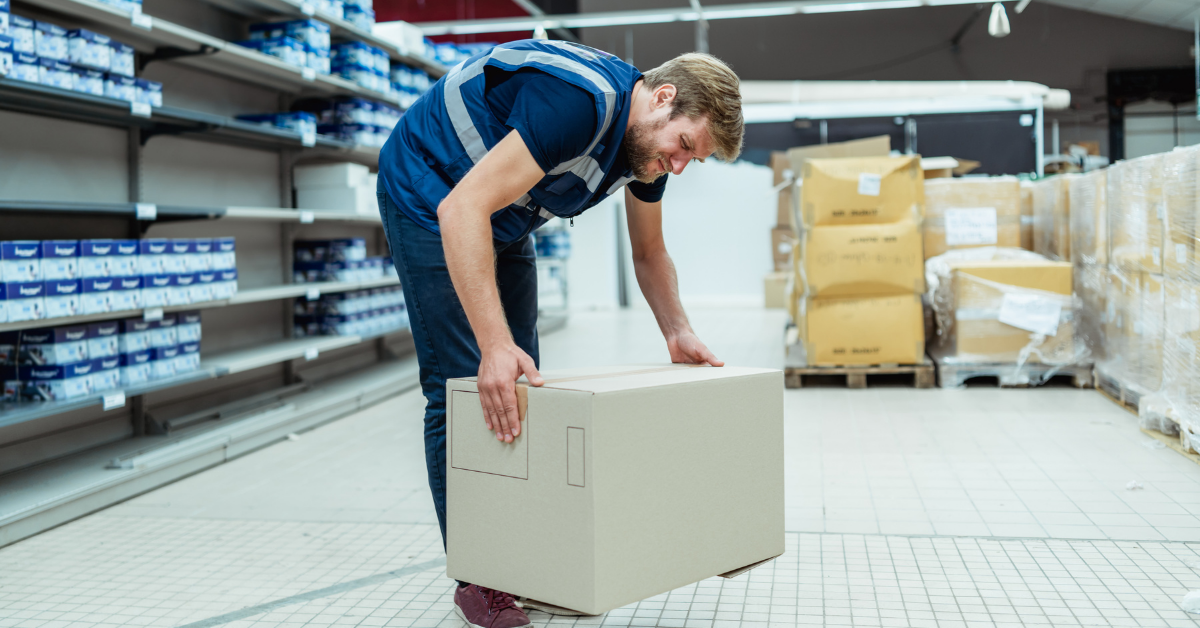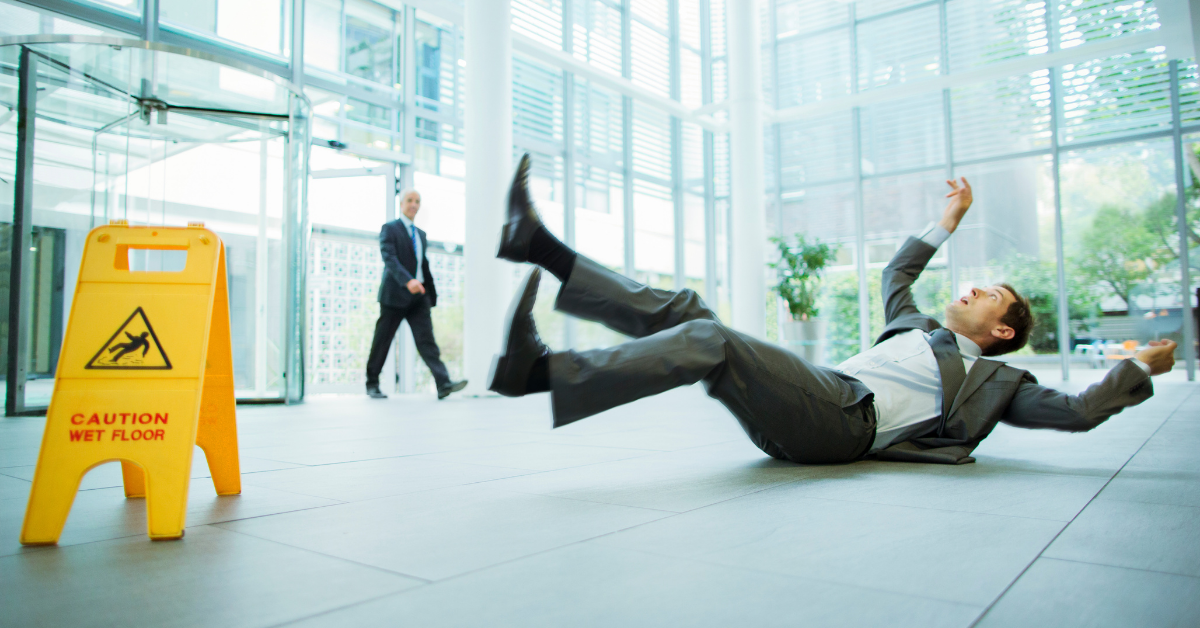Although we have been in the Health and Safety business for almost forty-five years, we rarely get asked to look at office safety issues. While there is a perception that offices are relatively safe places to work, there are still plenty of ways for people to get hurt.
These are some of the common hazards office workers face and some suggestions as to what you can do to mitigate them.
Office Ergonomics
Ergonomics is a term that is generally, and widely, misunderstood. Simply speaking, ergonomics in the office refers to the science of designing the workstation to fit within the capabilities and limitations of the worker.
In our interpretation, it is the way workspaces are set up to prevent eye strain, as well as pain in the back, wrists, and elbows. Each of these symptoms occurs when a worker isn't properly fitting into their "one size fits all" work environment.
The goal of office ergonomics is to make sure employees are in a body neutral position and the key is to adjust workstations to accommodate workers of different sizes, shapes, and forms.
Movement & Exercise
Remaining sedentary for an entire eight-hour day (especially in an environment that hasn't been ergonomically optimized) can have a negative impact on a person's physical and mental health.
Taking frequent breaks from repetitive work with stretching exercises helps increase blood flow, prevent stiffness in joints, and stretches muscles that are otherwise over or underused.
We often recommend that companies start the day with some basic stretching exercises that have been designed by a physical therapist familiar with the needs of office workers and are specific to the tasks of that group of workers.
Taking a short break can also go a long way. Just a couple of minutes of movement exercise every couple of hours is a surefire way of improving the health and mood of a workforce.
Accident Prevention
People who work in office buildings are still susceptible to slips, trips, and falls that can cause injuries and result in workers’ comp claims.
People routinely slip and fall in parking lots during the winter months in snowy and icy conditions. For this exact reason, it's critical that companies implement comprehensive ice and snow management plans.
This management plan should include plowing and snow-blowing all parking areas, steps, and sidewalks to make sure they are free of snow and to also spread sand, salt, or ice melt on walkways and shovel clear paths. In some cases, we have had clients remove trees that block the sun from hitting the parking lots, thus allowing ice and snow to remain rather than melt, creating slippery conditions.
However, winter isn’t the only time trips and falls occur.
Tripping on cracks in sidewalks, broken steps, or missing bricks can happen at any time of year. Such damage should be fixed quickly and/or warning signs placed in these areas, paint surfaces, and curbs where it may be hard to see steps or elevation changes so employees see these hazards before they get hurt.
Poor placement of cables and wires that accompany all of the technology in today's offices can also present a significant number of tripping hazards. All cables and wires should be properly run behind desks and partitions and if they need to be where workers can walk, they should be covered and protected as much as possible so they do not present a tripping hazard.
Safety Training
Even in offices, people can get hurt when they are lifting heavy items. For example, when employees lift boxes of paper or move desks and other furniture, there is always a risk of sprains or strains. Leaving file cabinet drawers open can provide an obstruction to a clear walking area and, loading the heaviest files in the top drawers of a file cabinet with little or nothing in the lower drawers can result in a file cabinet tipping over as it is top-heavy.
Use of proper equipment and proper lifting techniques where possible can help prevent injuries.

Consult a Health & Safety Professional
Consulting a health and safety professional can help decrease these risks and help reduce injuries. Together with training programs, frequent breaks for stretching, and proper office ergonomics, companies can make their offices safer for employees which will ultimately reduce the chances of workers getting injured, help to increase productivity, and may even help reduce the cost of workers’ comp premiums.
At The Lawson Group, our primary effort is to partner with employers and their employees to create better, safer, and healthier working environments. We welcome your inquiries regarding our services. Contact us to learn more.







